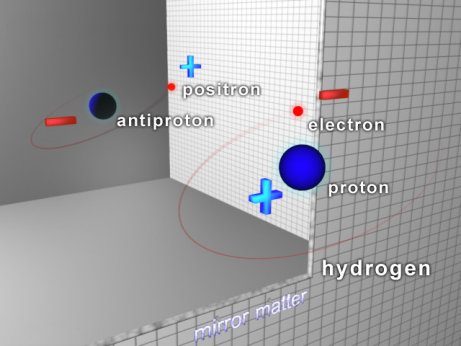A longtime reader of this blog sent me a blog post from Forbes entitled, “New NASA Data Blow Gaping Hole In Global Warming Alarmism.” With such a provocative title, of course, I had to read it.
The blog post makes some amazing claims. It says that the data, published in the Journal Remote Sensing, demonstrate that global climate models do not agree with what happens in the real world when it comes to how much heat the earth is radiating into space. It then says:
The new findings are extremely important and should dramatically alter the global warming debate.
Now this bothered me a bit, because we’ve known for a while that the global climate models don’t work very well. Back in 2009, for example, Richard Lindzen showed that global climate models don’t conform to the data when it comes to how the earth reacts to rising sea surface temperatures. Why should a paper that reaches essentially the same conclusion suddenly change the global warming debate?
The blog post concludes with this statement:
When objective NASA satellite data, reported in a peer-reviewed scientific journal, show a “huge discrepancy” between alarmist climate models and real-world facts, climate scientists, the media and our elected officials would be wise to take notice. Whether or not they do so will tell us a great deal about how honest the purveyors of global warming alarmism truly are.
The way the author of the blog post, James Taylor, wrote about these data made me want to read the scientific paper that contained them. When I read it, however, I found that the “data” were significantly less dramatic than what Mr. Taylor indicates.
Continue reading “Does This Really Blow a Gaping Hole in Global Warming?”

